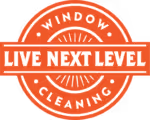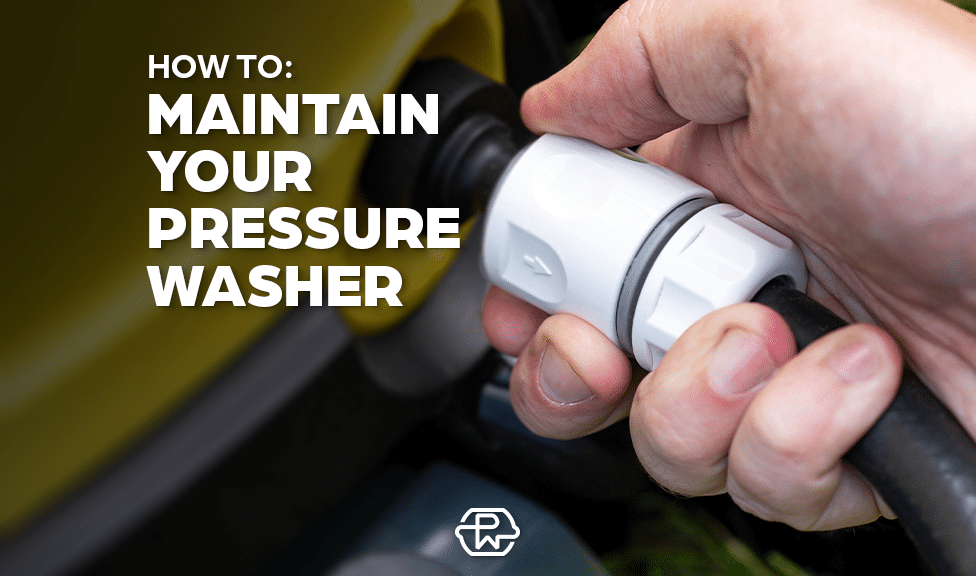Pressure washing is a form of preventive maintenance that can help extend the lifespan of surfaces and materials. Pressure washing removes dirt, debris, mold, mildew, and other contaminants that can lead to damage over time. It can be used on a variety of exterior and interior surfaces including concrete, brick, stucco, stone, wood decks and more.
Pressure washing also requires specific tools and equipment as well as safety considerations that should be taken into account before beginning any project. In this article we will discuss the benefits of pressure washing and how it can help extend the longevity of various surfaces. We will also cover what types of surfaces are suitable for pressure washing as well as the tools and equipment needed to complete the job safely. Finally we will look at some important safety precautions that should be taken when performing pressure washing projects.
Benefits of Pressure Washing
Pressure washing can extend the life of a surface by reducing the buildup of dirt, debris, and other contaminants. This type of preventive maintenance is cost-effective in the long run as it increases the longevity of a surface, meaning that costly repairs or replacements can be avoided.
In addition to being cost-efficient, pressure washing also has an environmental impact by decreasing air pollution and water contamination as it reduces the need for harsh chemicals.
Pressure washing is also beneficial for removing molds, mildew, and algae which can degrade surfaces over time. By cleaning surfaces regularly with pressure washing equipment, these contaminants are eliminated before they cause damage to the underlying structure or materials.
The process is quick and efficient while still providing thorough results that last for years. As such, pressure washing remains a popular choice among individuals and businesses looking to extend their exterior’s lifespan while saving costs along the way.
Types of Surfaces to Pressure Wash
High-pressure jets of water can be applied to a variety of surfaces, such as brick patios, concrete driveways, and asphalt roofs. Pressure washing is an effective way to keep these surfaces clean and free from dirt and debris that can build up over time.
However, it is important for homeowners to understand the different types of surfaces that power washers can safely remove dirt from. Different materials require different levels of pressure and chemical cleaning solutions depending on their porosity and texture.
For example, when pressure washing brick patios or walkways, low pressure is usually sufficient with a mild detergent solution. On the other hand, if the surface is covered in algae or mold, a higher pressure setting may be required along with a stronger detergent solution.
Asphalt roofs are more delicate than other surfaces so it’s important to use only low-pressure settings with light detergents or bleach solutions when cleaning them.
Concrete driveways are usually very porous so they require not only high-pressure settings but also special chemical cleaners that are specifically formulated for concrete in order to prevent damage from occurring due to harsh chemicals.
When using power washers for preventive maintenance purposes it’s important to know how much pressure is appropriate for each type of surface being cleaned as well as what type of cleaning agents should be used in order to ensure longevity without causing any harm or damage to the material being cleaned.
Failure to do so could result in costly repair bills down the line which can easily be avoided by following manufacturer instructions carefully when using power washers and chemical cleaning solutions on various exterior surfaces around the home.
Pressure Washing Tools and Equipment
Power washing involves the use of specialized tools and equipment to achieve maximum efficacy with minimal effort, often requiring a level of precision that can only be achieved by utilizing a pressure washer capable of producing an astonishingly powerful jet of water.
The choice of pressure washing tools will depend upon the specific job needs; however, some tools are necessary for any project. A key tool is the nozzle, which controls water flow and determines the impact strength needed to remove dirt and grime from surfaces. Nozzle types range from 0 degree for hard surfaces such as concrete and brick to 40 degree nozzles for more delicate surfaces like cars and boats.
Additionally, extension wands are essential components when cleaning higher or hard-to-reach areas. To ensure efficiency during a power washing project, it is important to select quality hoses and fittings that are designed with durable materials that will withstand high pressure levels. Furthermore, various accessories can also be utilized depending on the unique circumstances; these include brush attachments for scrubbing away stubborn stains or detergent injectors for applying soaps or other cleaning solutions during the wash cycle.
In order to maximize safety while using such powerful equipment, protective eyewear should be worn at all times; along with gloves, hats and other clothing items made from fabrics designed to repel water. In addition, it is recommended that those operating power washers wear non-slip boots in order to maintain secure footing while maneuvering around slippery surfaces caused by excess moisture being dispersed into the atmosphere during operation.
Finally, careful consideration must also be given when selecting a fuel source; electric models may offer reduced emissions but require access to electrical outlets whereas gas powered units provide portability without dependency on external sources of energy yet produce more exhaust pollutants than their electric counterparts.
By understanding both its capabilities as well as its limitations beforehand – along with proper selection of appropriate tools – one can easily take advantage of pressure washing’s many benefits without compromising longevity or performance standards over time.
Preparing the Surface for Pressure Washing
Before beginning a pressure washing project, it is important to properly prepare the surface in order to ensure maximum efficacy and avoid any potential damage. This preparation includes cleaning away debris, ensuring the correct water temperature, and other considerations depending on the surface type.
| Step | Description | Safety Notes |
| — | ———– | ————-|
| 1 | Clean any debris from the area to be washed. | Wear protective gloves while handling sharp objects or hazardous materials. |
| 2 | Adjust water temperature according to manufacturer’s instructions for the best results.| Check hose connections for leaks before starting to pressure wash; use caution when working with hot water temperatures as they can cause serious burns.|
| 3 | Identify material of the surface being washed: concrete, wood, metal, etc.| Read safety warnings and labels related to detergent or other chemicals used in conjunction with pressure washing; use appropriate safety gear when using chemicals or making repairs on surfaces or equipment.|
These steps provide a solid foundation for a successful project that will have long-lasting results without causing any harm to persons or property in the process. It is essential that these measures are taken seriously and followed correctly, so as prevent future issues arising from improper maintenance techniques. By taking these preventive steps at the start of every pressure washing job, users can rest assured knowing their project will yield satisfactory results while also having peace of mind that no damage was caused during its execution.
Safety Considerations
Despite the promise of a thorough clean, pressure washing can be hazardous if safety considerations are not taken into account. To ensure a safe and proper job, it is important to consider the following:
* Wear protective gear such as safety glasses and closed-toe shoes
* Ensure that any electrical cords used are in good condition and grounded properly
* Be aware of any outdoor hazards such as slippery surfaces or uneven terrain
* Use personal protection equipment when handling chemicals
When using a pressure washer outdoors, it is also important to be conscious of your surroundings; check for windows or other fragile objects nearby that could be damaged by water spray. As with any type of machinery, it is essential to follow all safety instructions for the power washer before operating. The user should always keep their hands away from moving parts while the machine is running, and avoid pointing the nozzle at themselves or others.
Moreover, carefully read through any cleaning solutions label instructions before use to prevent potential injury from improper handling.
Taking all precautionary measures prior to beginning will ensure that pressure washing can be completed safely and effectively without risking damage to property or personal harm.
At its core, preventive maintenance with pressure washing requires thoughtful preparations in order to guarantee successful results while protecting those involved.
Conclusion
Pressure washing is a effective and efficient method of preventive maintenance.
It ensures surfaces are properly maintained for optimal longevity.
Not only does it clean surfaces of dirt, grime and debris, but it also removes potential sources of damage to the surface.
By performing regular pressure washing, one can ensure that the surfaces will be kept in good condition for years to come.
Pressure washing is an invaluable tool in keeping any property looking its best while preserving its value over time.
An investment in pressure washing is an investment in the longevity and quality of the property’s components – one that will pay off with reduced need for repair or replacement down the road.




